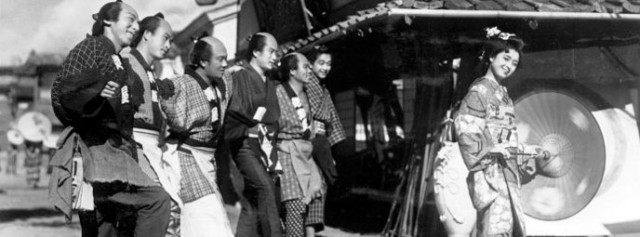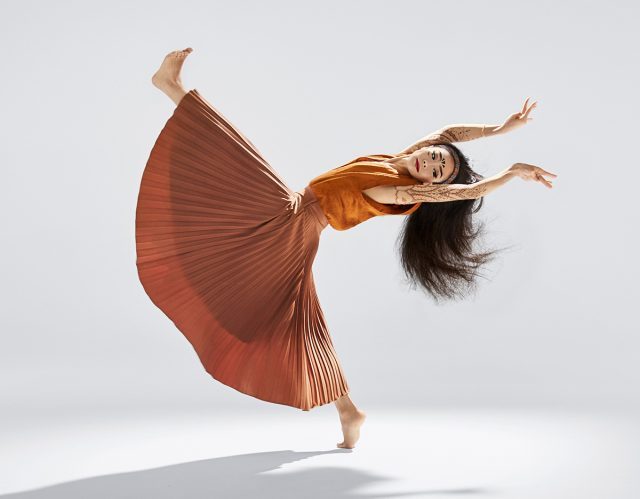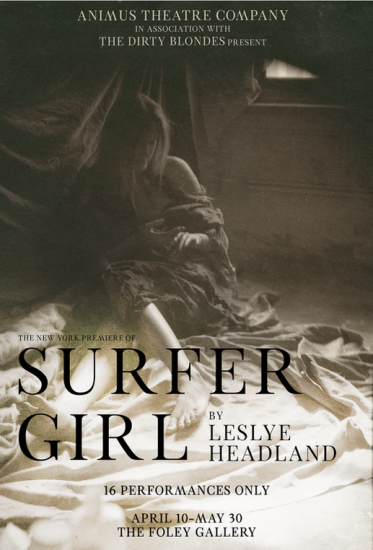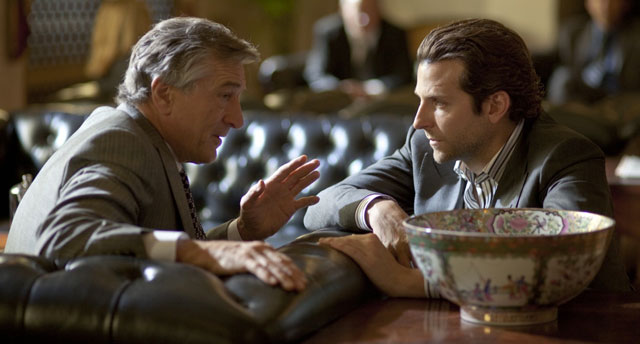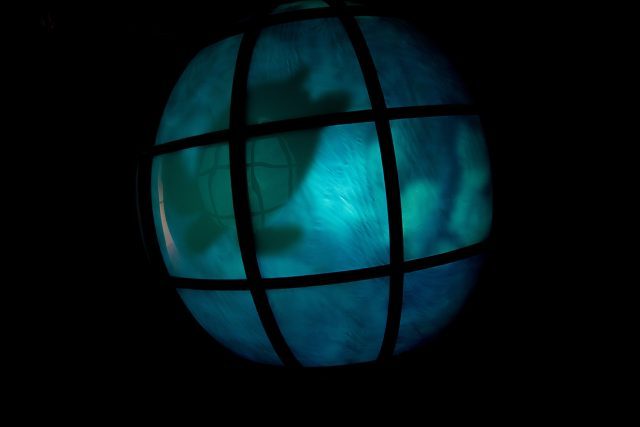
Mel Chin, “Sea to See,” wood, glass, steel, projection coating, paint, two projectors, speakers, and CPUs, 2014 (photo courtesy Mint Museum of Art/Mel Chin Studio)
Queens Museum
New York City Building, Flushing Meadows Corona Park
Saturday, April 14, 12 noon – 4:00 pm
718-592-9700
www.queensmuseum.org
In conjunction with the exhibit “Mel Chin: All Over the Place,” the Queens Museum is hosting four Second Saturday programs, in April, June, July, and August. Each afternoon will feature special events tied to one of the four thematic parts of the show by the Houston-born artist. On April 14, “As Above, So Below: Scientific Inquiry, Activism, and the Environment” responds to the theme “Cruel Light of the Sun,” consisting of a tour of the exhibition led by Amy Lipton; a hands-on workshop with Jan Mun creating protective ground covers using geotextile; a conversation with Chin and William Pope.L, moderated by Laura Raicovich; a performance by Metropolis Composer-in-Residence Mike Sayre of “Music for Icebergs”; and a Skype session with research scientist Emelia DeForce, who collaborated with Chin on the installation “Sea to See.” In addition, “Lead Toxicity Summit: A Public Health Crisis” will include a presentation by Dr. David K. Rosner; a panel on lead poisoning in New York City and Flint, Michigan, with Claire McClinton, Charlene Nimmons, and Stephan Roundtree; and a screening of Cedric Taylor’s documentary Nor any drop to drink, followed by a Q&A with the director. Second Saturdays continues June 9 with “The Artifice of Facts and Belief,” July 14 with “Destroying Angels of Our Creation,” and August 11 with “Levity’s Wounds and Gravity’s Well.” On May 12, in place of Second Saturdays, the museum will host “Open Engagement,” a conference on sustainability and socially engaged art, with presentations by Lucy Lippard and Chin. A coproduction with No Longer Empty, “Mel Chin: All Over the Place” is on view through August 12, comprising works at the Queens Museum, Times Square, and the Broadway-Lafayette subway station, with such new commissions as Flint Fit, Soundtrack, Unmoored, and Wake along with pieces from throughout the conceptual artist’s career.
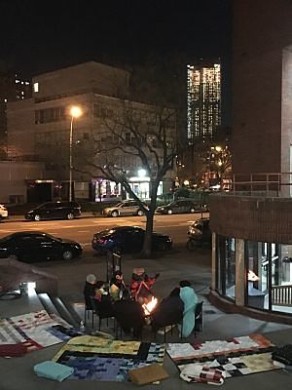
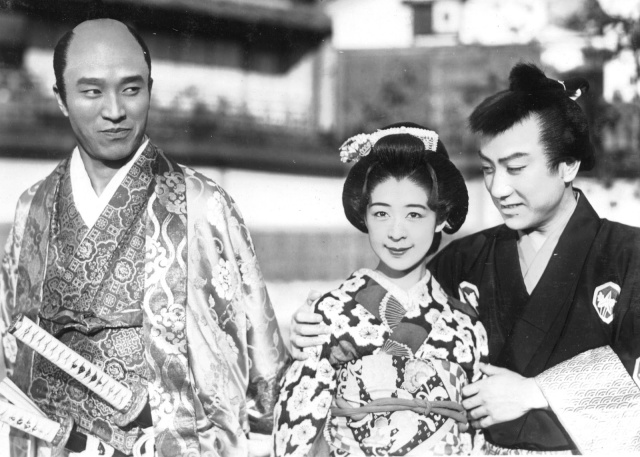
 In the 1930s, on the cusp of WWII, Japan was in the process of creating its own cinematic musical genre. One of the all-time classics is the wonderful Singing Lovebirds, a period romantic rectangle set in the days of the samurai. Oharu (Haruyo Ichikawa) is in love with handsome ronin Reisaburō (Chiezō Kataoka), but he is also being pursued by the wealthy and vain Otomi (Tomiko Hattori) and the merchant’s daughter, Fujio (Fujiko Fukamizu), who has been promised to him. Meanwhile, Lord Minezawa (jazz singer Dick Mine) has set his sights on Oharu and plans to get to her through her father, Kyōsai Shimura (Takashi Shimura), a former samurai who now paints umbrellas and spends all of his minuscule earnings collecting antiques. “It’s love at first sight for me with this beautiful young woman,” Lord Minezawa sings about Oharu before telling his underlings, “Someone, go buy her for me.” But Oharu’s love is not for sale. Directed by Masahiro Makino, the son of Japanese film pioneer Shōzō Makino, Singing Lovebirds is utterly charming from start to finish, primarily because it knows exactly what it is and doesn’t try to be anything else, throwing in a few sly self-references for good measure.
In the 1930s, on the cusp of WWII, Japan was in the process of creating its own cinematic musical genre. One of the all-time classics is the wonderful Singing Lovebirds, a period romantic rectangle set in the days of the samurai. Oharu (Haruyo Ichikawa) is in love with handsome ronin Reisaburō (Chiezō Kataoka), but he is also being pursued by the wealthy and vain Otomi (Tomiko Hattori) and the merchant’s daughter, Fujio (Fujiko Fukamizu), who has been promised to him. Meanwhile, Lord Minezawa (jazz singer Dick Mine) has set his sights on Oharu and plans to get to her through her father, Kyōsai Shimura (Takashi Shimura), a former samurai who now paints umbrellas and spends all of his minuscule earnings collecting antiques. “It’s love at first sight for me with this beautiful young woman,” Lord Minezawa sings about Oharu before telling his underlings, “Someone, go buy her for me.” But Oharu’s love is not for sale. Directed by Masahiro Makino, the son of Japanese film pioneer Shōzō Makino, Singing Lovebirds is utterly charming from start to finish, primarily because it knows exactly what it is and doesn’t try to be anything else, throwing in a few sly self-references for good measure.